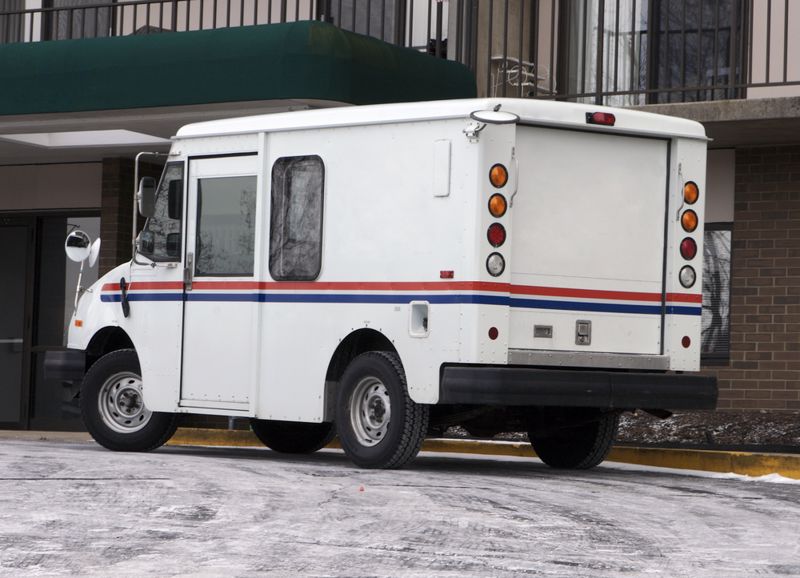Thanks in part to the Inflation Reduction Act and Bipartisan Infrastructure Law, the USPS is prepared to spend upwards of $9.6 billion on hybrid and all-electric automobiles, or what the USPS is referring to as "Next Generation Delivery Vehicles" (NGDV). These funds will pay for the manufacture and delivery of at least 60,000 service vehicles, the overwhelming majority of which will be all electric. With the goal of obtaining 106,000 all-new service vehicles overall, these purpose-built vehicles may eventually entirely replace the USPS's current fleet of 220,000 gas-powered vehicles. At a bare minimum, the USPS intends at least 40% of its carriers to be using battery electric when the phased transition is complete in 2028.
USPS Postmaster General Louis DeJoy said this initiative represents a significant milestone for the Postal Service as well as for Americans who rely on an efficient postal system for their letter and package delivery needs.
"We have a statutory requirement to deliver mail and packages to 163 million addresses six days per week and to cover our costs in doing so – that is our mission," DeJoy said in a press release. "As I have said in the past, if we can achieve those objectives in a more environmentally responsible way, we will do so."

$3 million to come from legislation
Roughly one-third of the spending for the NGDVs will derive from the Inflation Reduction Act, which was passed by Congress and signed into law by President Joe Biden in August 2022. While much of that bill focused on lowering prescription drug prices for consumers, it also aims to increase the nation's domestic energy production and manufacturing without contributing to carbon emissions.
Additionally, the Infrastructure Investment and Jobs Act — which was passed in late 2021— is also expected to support the energizing requirements as more EVs — used by the USPS and ordinary Americans — hit the road. For example, this bill earmarks $7.5 billion for a broader network of EV charging stations, with the goal of reaching 500,000 within the next decade.
"The $3 billion provided by Congress has significantly reduced the risk associated with accelerating the implementation of a nationwide infrastructure necessary to electrify our delivery fleet," DeJoy added.
The 40% commitment represents a substantial shift from the USPS's initial intentions. In February 2022, the agency said that 10% of its fleet would be battery powered. After receiving pushback from lawmakers as well as environmental advocates, the USPS upped it to 40% five months later.
While it's unclear the exact date by which the USPS will begin using more BEVs, it says that both homeowners and business owners should anticipate seeing more of them nearer to the end of 2023.



Post A Comment:
0 comments so far,add yours